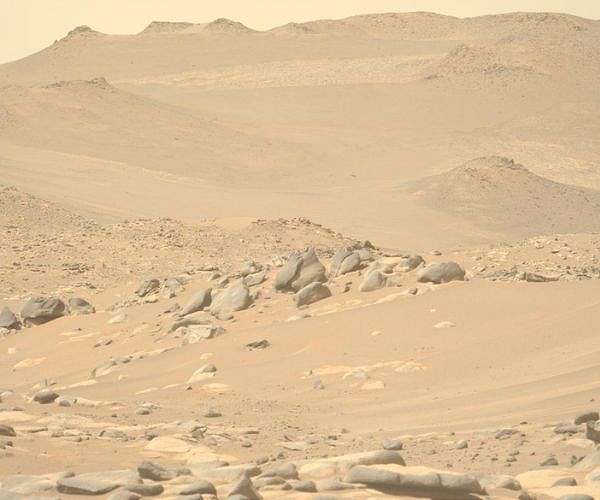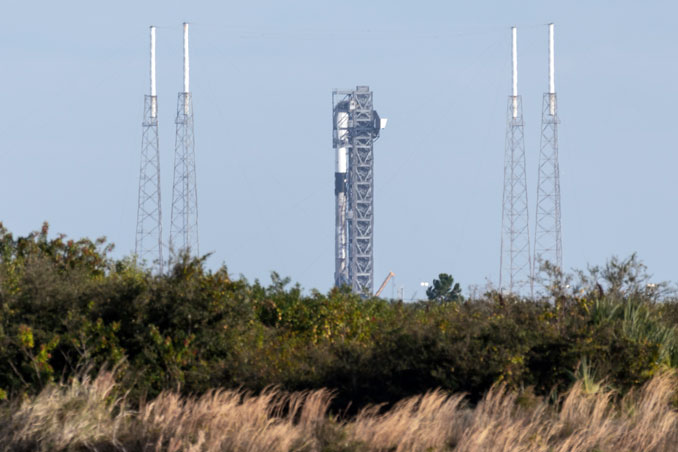Perseverance Rover Set to Tackle Steep Ascent on Jezero Crater Rim
by Clarence Oxford
Los Angeles CA (SPX) Aug 15, 2024
After spending 30 months exploring the floor and river delta of Jezero Crater, NASA’s Perseverance rover is preparing for a challenging climb up the western rim of the crater. The ascent, expected to begin during the week of August 19, marks the start of the rover’s fifth science campaign, which will take it through some of the steepest terrain it has encountered since its landing on February 18, 2021.
“Perseverance has completed four science campaigns, collected 22 rock cores, and traveled over 18 unpaved miles,” said Art Thompson, Perseverance project manager at NASA’s Jet Propulsion Laboratory in Southern California. “As we start the Crater Rim Campaign, our rover is in excellent condition, and the team is raring to see what’s on the roof of this place.”
The science team is particularly interested in studying two regions at the top of the crater, nicknamed “Pico Turquino” and “Witch Hazel Hill.” Images from NASA’s Mars orbiters suggest that Pico Turquino may feature ancient fractures formed by past hydrothermal activity, while Witch Hazel Hill shows layered materials that likely date back to a time when Mars had a very different climate. These layers include light-toned bedrock similar to what Perseverance found at “Bright Angel,” where it recently sampled the “Cheyava Falls” rock, which contains chemical signatures and structures that may have been formed by life billions of years ago.
Sedimentary Clues
During its exploration of the river delta, Perseverance collected the first-ever sedimentary rock samples from a planet other than Earth. These rocks are crucial because they form in watery environments, which on Earth, are essential for life. A study published on August 14 in ‘AGU Advances’ details the 10 rock cores Perseverance gathered from sedimentary rocks in an ancient Martian delta, where a river once met a crater lake.
“The core samples gathered at the fan front are the oldest, while those from the fan top are likely the youngest, deposited by flowing water in the western fan,” explained Tanja Bosak, a geobiologist at the Massachusetts Institute of Technology and a member of the Perseverance science team. “Among these rock cores are likely the oldest materials sampled from any known environment that was potentially habitable. When we bring them back to Earth, they can tell us so much about when, why, and for how long Mars contained liquid water and whether some organic, prebiotic, and potentially even biological evolution may have taken place on that planet.”
Aiming for the Crater Rim
As significant as these findings are, the mission anticipates even more discoveries as Perseverance climbs to the top of the crater.
“Our samples are already an incredibly scientifically compelling collection, but the crater rim promises to provide even more samples that will have significant implications for our understanding of Martian geologic history,” said Eleni Ravanis, a University of Hawaii at Manoa scientist and one of the Crater Rim Campaign science leads. “This is because we expect to investigate rocks from the most ancient crust of Mars. These rocks formed from a wealth of different processes, and some represent potentially habitable ancient environments that have never been examined up close before.”
The climb to the rim will be a challenge. Perseverance will utilize its auto-navigation system to traverse slopes as steep as 23 degrees, staying within safe limits to avoid tilting the rover more than 30 degrees. By the time it reaches the summit at a location called “Aurora Park,” the rover will have ascended approximately 1,000 feet (300 meters) in elevation.
From its new vantage point, Perseverance will continue its mission, exploring the crater’s rim and uncovering more about Mars’ ancient past.
Mission Goals and Future Plans
A major objective of Perseverance’s mission is to search for signs of ancient microbial life, collecting and caching samples that may contain such evidence. The rover is also studying Mars’ geology and climate to support future human exploration of the Red Planet. As the first mission to collect and store Martian rock and regolith, Perseverance plays a critical role in NASA’s broader Moon to Mars exploration strategy, which includes the Artemis missions to the Moon as a preparatory step for human missions to Mars.
NASA’s Jet Propulsion Laboratory, managed by Caltech, built and operates the Perseverance rover.
Related Links
Perseverance
Mars News and Information at MarsDaily.com
Lunar Dreams and more




